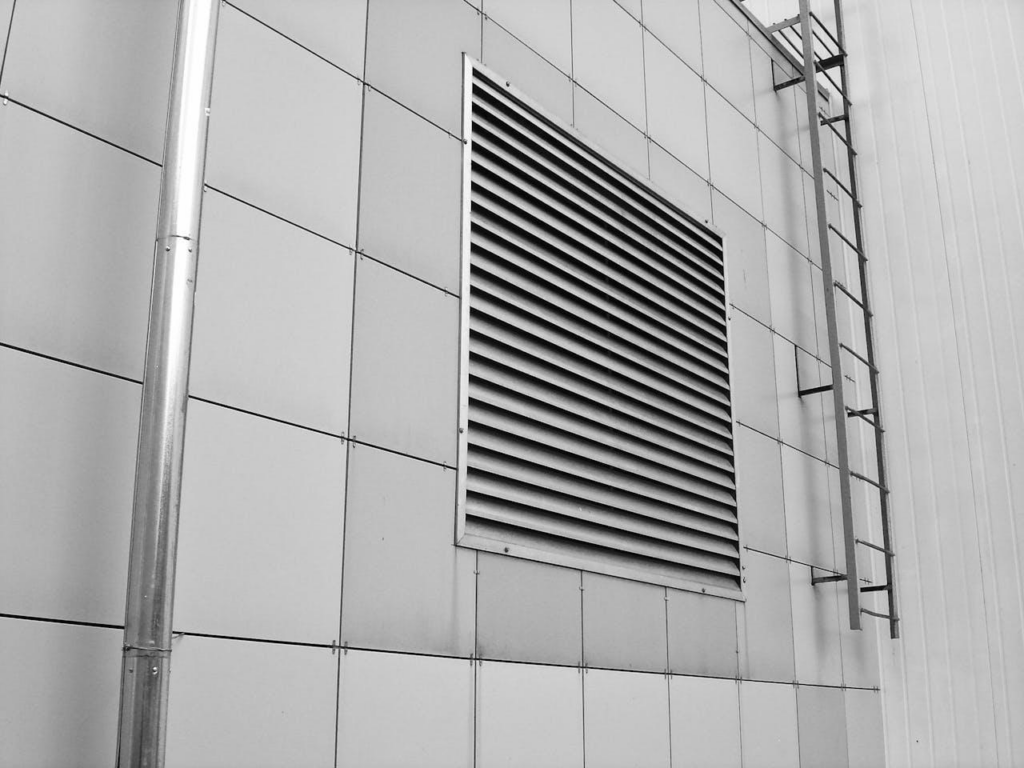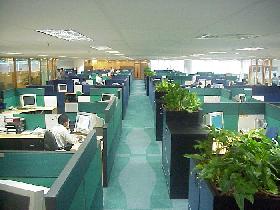In today’s modern homes, maintaining proper ventilation is essential for ensuring indoor air quality, regulating humidity levels, and preventing structural damage. A well-functioning ventilation system helps remove pollutants, allergens, and excess moisture, creating a healthier living environment for occupants. Neglecting ventilation maintenance can lead to mold growth, increased energy costs, and poor air circulation, which may negatively impact both health and comfort.
Proper ventilation is particularly crucial in energy-efficient homes, where airtight construction minimizes natural airflow. Without regular maintenance, dust and debris can accumulate in ducts and vents, reducing the system’s efficiency and potentially leading to respiratory issues. Additionally, moisture buildup from cooking, showering, and daily activities can contribute to wood rot, peeling paint, and overall structural damage if not adequately ventilated.
One often-overlooked aspect of home maintenance is the connection between ventilation and roof safety. For example, ensuring proper attic ventilation can prevent heat buildup and moisture retention, reducing the risk of mold and roof deterioration. Homeowners concerned with rooftop maintenance and safety should also consider installing a non-penetrating guard rail system, which provides reliable fall protection without damaging the roof surface.
By conducting regular inspections, replacing filters, and cleaning air ducts, homeowners can optimize their ventilation system’s efficiency and longevity. Investing in proper maintenance not only preserves the integrity of a home but also promotes a healthier and more sustainable living space. Neglecting this critical component can have long-term consequences, making routine upkeep a priority for every modern household.
The Importance of Ventilation System Maintenance
Preventing Health Issues
Poorly maintained ventilation systems accumulate dust, mold, and bacteria. These contaminants aggravate allergies and respiratory conditions. Regular cleaning and filter replacement reduce pollutants, ensuring cleaner air for occupants and lowering health risks.
Improving Indoor Air Quality
A properly maintained system removes airborne pollutants and excess moisture. This helps prevent mold growth and reduces the presence of harmful particles. Clean air enhances overall well-being and minimizes odor accumulation indoors.
Increasing Energy Efficiency
Ventilation systems work harder when clogged with dust and debris. Regular maintenance ensures efficient airflow, reducing energy consumption. This lowers electricity bills and extends the lifespan of ventilation equipment.
Reducing Energy Consumption
Dirty filters and blocked ducts force ventilation systems to work inefficiently. This increases energy consumption and leads to higher utility costs. Routine maintenance allows systems to operate at optimal efficiency, reducing waste.
Extending Equipment Lifespan
Overworked ventilation systems undergo excessive strain, leading to premature failure. Cleaning and timely repairs prevent breakdowns, extending durability. Well-maintained systems require fewer replacements, minimizing long-term expenses for homeowners.
Preventing Costly Repairs
Neglecting ventilation maintenance can result in expensive repairs. Dust buildup and mechanical failures weaken system performance. Regular servicing detects early signs of damage, preventing costly replacements and unexpected expenses.
Detecting Issues Early
Routine inspections identify minor malfunctions before they worsen. Addressing problems early saves money on major repairs. Technicians check filters, ducts, fans, and other components to ensure proper functionality.
Avoiding Complete System Failures
Neglected ventilation systems may fail suddenly, requiring full replacements. Regular maintenance prevents sudden malfunctions. Homeowners save money by servicing systems on time rather than replacing entire units unexpectedly.
Enhancing Home Comfort
Ensuring Proper Airflow
Blocked vents restrict air circulation, making rooms feel stale. Regular maintenance removes obstructions, ensuring fresh air reaches every corner of the house. This improves indoor comfort for all occupants.
Maintaining Humidity Levels
Excess humidity promotes mold growth and discomfort. Ventilation systems regulate moisture levels, preventing condensation buildup. Regular maintenance ensures humidity control, reducing dampness and preserving indoor air quality.
Meeting Safety and Compliance Standards
Preventing Fire Hazards
Clogged ventilation systems increase fire risks, especially in HVAC units. Dust and debris accumulation can ignite under high temperatures. Cleaning ducts and vents regularly minimizes potential hazards.
Complying with Regulations
Building codes mandate ventilation system maintenance to ensure indoor air quality and occupant safety. Professional inspections verify compliance, avoiding legal issues and ensuring a healthier living environment.
What to Remember
Maintaining ventilation systems ensures clean air, reduces expenses, enhances comfort, and prevents safety hazards. Routine inspections and servicing prolong equipment lifespan and improve overall home efficiency. Prioritizing maintenance benefits both health and finances.




